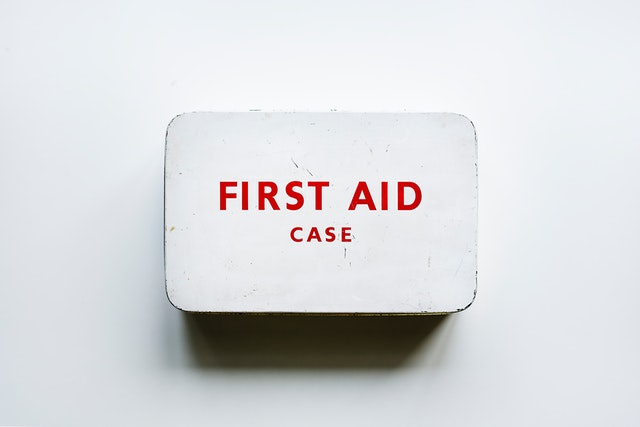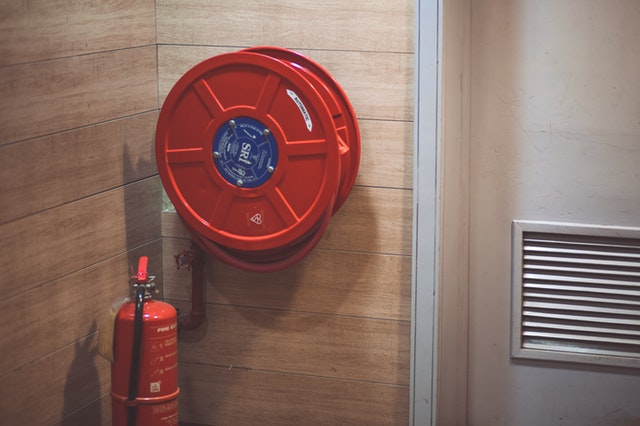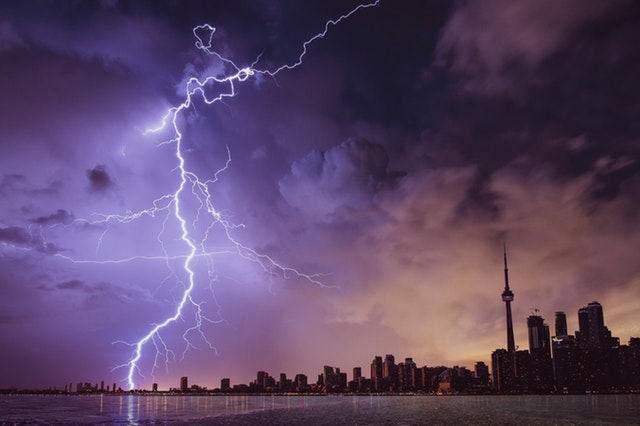Everyone has the right to a safe workplace environment, which means, as an employer, it’s your responsibility to provide a range of safety features to keep your employees safe, no matter the emergency situation. Some safety features are simple and cost very little, while others may require some financial investment. Of course, what you decide to do in your workplace likely will depend on your location, legal requirements, and the type of business you run. Let’s talk about some of the simple items to have on hand at your workplace.
Safety Feature #1: First Aid Kit
Perhaps the most obvious safety feature every office needs is a first aid kit. There are varying levels of these available from basic to complete. An office that doesn’t have machinery or any dangerous chemicals or areas might not need anything more than the basic kit. However, some items in a full first aid station could save lives should a natural disaster or medical emergency happen. A full kit will contain things like burn treatment, glucose, eyewash, CPR mouthpiece, and even blood-clotting spray. You will also want to assign at least two employees to manage the supplies and execution of first aid.
Safety Feature #2: Eye Wash Station
In addition to a first aid kit, an eyewash station can prove invaluable if anyone works with chemicals, in a laboratory or construction zone. Even in a workplace that isn’t at high risk for eye injury, something could still happen to jeopardize someone’s eyes. Keep the eye wash station well stocked and check “use-by” dates on the solution regularly. Again, you need to have multiple people trained in how to use the station in an emergency.
Safety Feature #3: Fire Emergency Equipment and Plan
If your office has a kitchen, especially one with an oven or stovetop, be sure to have suitable fire safety equipment. This includes a fire extinguisher, baking soda, or fire blankets in the event of a kitchen fire. A fire blanket works by cutting off the oxygen supply to the fire, killing the flames. Although fire blankets can be used anywhere in the workplace they can be especially useful for extinguishing pan fires or for wrapping around a person if their clothes catch on fire. Keep one on the wall in the kitchen and a couple around the office.
While on the subject of fire safety, every office should also have fully functioning fire alarms that are hardwired to each other, a posted fire escape route, and a fire emergency plan in place. Have regular fire drills, so that everyone knows what to do should the real thing happen.
It’s important that all fire safety equipment is checked regularly and maintained. Consider enlisting the help of a professional to do a fire safety audit such as those at http://www.sgcal.com/services/. Although fire safety equipment can be unsightly, it’s important to keep it in plain sight so that people can easily access it for use.
Safety Feature #4: Natural Disaster Plan and Supplies
Depending on where your business is, consider what types of natural disasters are possible or probable. Events like hurricanes, tornadoes, flooding, snowstorms, and earthquakes can devastate if they happen suddenly or haven’t been planned for. Make sure all employees are aware of emergency evacuation procedures, as well as how to stay safe in the building should a major storm happen.
You will need to stock emergency food and water supplies that could last until help arrives or leaving the building is safe. This, of course, is a precaution for the worst-case scenario of power and water outages. Consider what you would want for your own family in the event of an emergency. Things like blankets, OTC medicines like Tylenol, solar chargers, flashlights, and other comfort items could help keep everyone calm during an emergency situation.
It’s your responsibility to provide appropriate safety features and plans to keep your employees safe at work. A healthy, happy workforce is a more productive one. Although we all hope that disasters such as fires and injuries never happen, be prepared for anything.
 Women's Life Link Be Well, Be Happy, Be YOU!
Women's Life Link Be Well, Be Happy, Be YOU!








